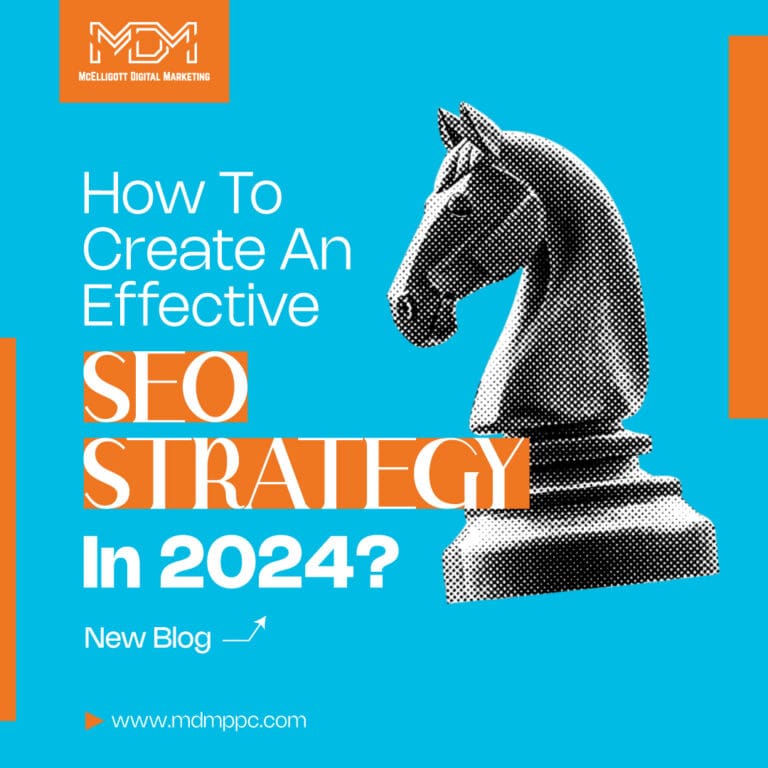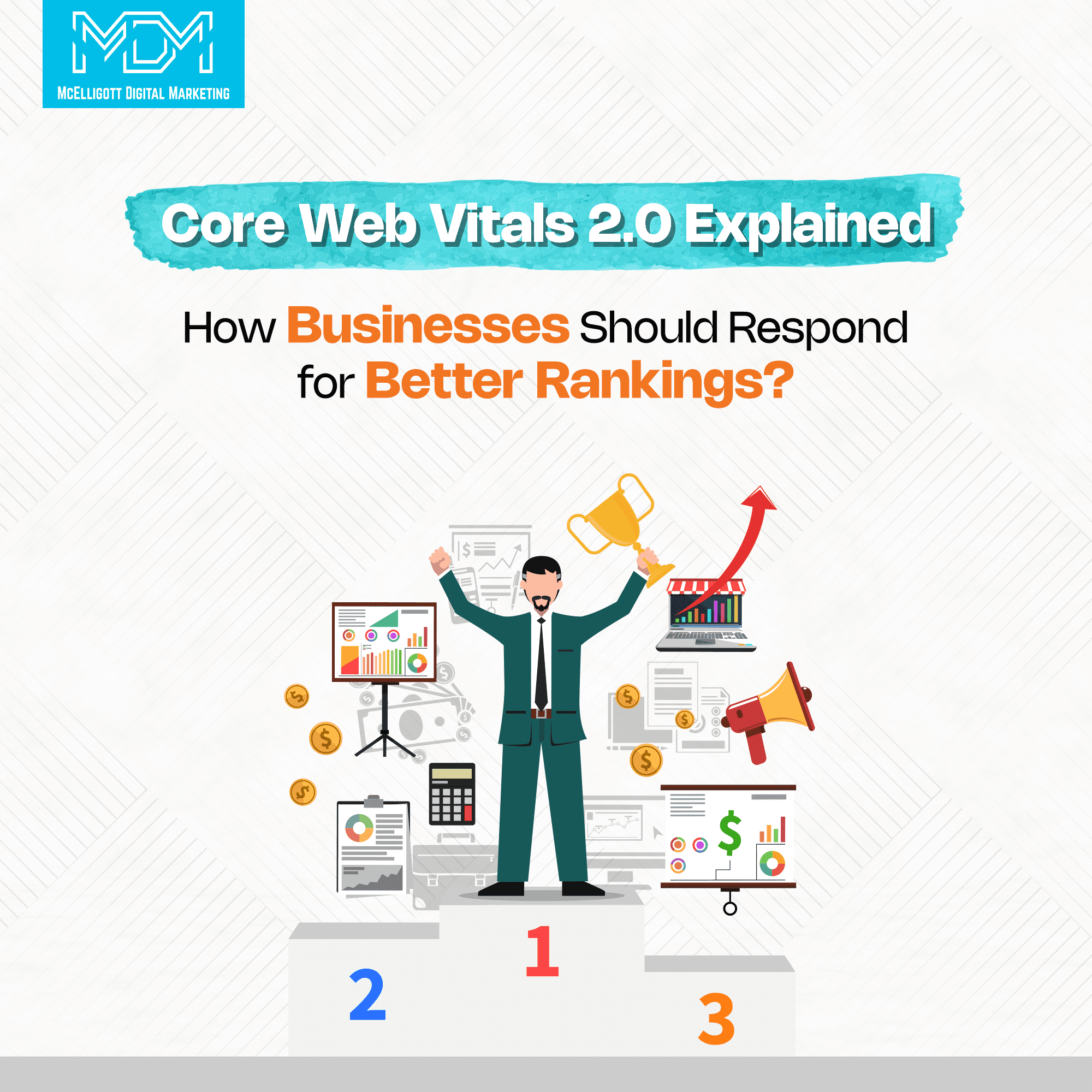In the fiercely competitive online market, using an effective SEO strategy results in enhancing visibility among specific target audiences, driving organic website traffic, and fostering overall business expansion.
While the importance of professional SEO services to get more leads remains unchanged, the field itself is dynamic and undergoes constant change. Google’s routine algorithm updates, occurring on a weekly or monthly basis, often force marketers to adjust their SEO strategy or adapt content to meet new criteria such as E-E-A-T.
The year 2024 is going to be no stranger to these transformations.
Generative AI and Google’s initial foray into the Search Generative Experience (SGE) mark the most notable disruptions to SEO since the era of Google’s Penguin updates more than a decade ago.
Marketing professionals are actively curating SEO strategies to craft and optimize content, streamline time-intensive manual processes, enhance collaboration, and more, all through the integration of AI.
On average, organic search contributed to nearly 40% of website traffic across six key industries in 2023.
According to a 2024 State of SEO Survey by Conductor, a staggering 93% of respondents acknowledged the positive impact of SEO on website performance and marketing goals during the preceding year.
A well-crafted SEO approach incorporates essential elements that not only improve your ranking but also drive meaningful traffic to your website.
In this blog article, we will talk about the intricacies of SEO plans, exploring 8 pivotal components integral to a successful SEO marketing strategy.
8 SEO best practices in 2024
The significance of SEO in boosting brand awareness and generating leads has never been more profound than now. In this piece, we will unravel 8 SEO best practices that promise to be game-changers in your digital success this year.
1. E-E-A-T
Establishing trust and authority is not just a buzzword, it’s the cornerstone of effective SEO in 2024. Google’s emphasis on E-A-T – Experience, Expertise, Authority, and Trustworthiness – underscores the importance of content that not only informs but also instills confidence in the audience.
Content prioritization – It’s not simply going about producing content it’s about producing the right content. Prioritize high-quality, informative content authored by industry experts. Whether it’s blog posts, articles, or guides, make sure your content reflects the depth of your knowledge and expertise.
Backlink strategy – a robust network of backlinks from reputable sites serves as a testament to your authority in the field. These backlinks act as trust signals for search engines, increasing your website’s credibility and positively impacting search rankings.
Customer testimonials – Don’t underestimate the power of happy customers. Incorporate genuine customer testimonials strategically across your site. Not only do they reinforce trustworthiness, but they also provide a human touch to your brand.
2. Embracing AI for precision and insight
In 2024, Artificial Intelligence (AI) is not just a futuristic concept, it’s a practical tool that can revolutionize your SEO strategies. Role of AI in marketing for branding and marketing can’t be ignored anymore.
Keyword research – Gone are the days of manual keyword research. AI-powered tools like Semrush and Ahrefs can dissect vast amounts of data to unearth precisely the keywords that align with your business. This ensures that your content is not just visible but resonates with the right audience.
Competitor analysis – Understanding your competitors is crucial. AI tools allow you to dissect their content strategies, identify gaps, and refine your approach. It’s not about copying but about strategically positioning yourself in the internet market.
3. Voice Search optimization
As we witness the rise of voice-activated assistants and smart devices, optimizing for voice search is no longer a choice, it’s a necessity.
FAQ content – Anticipate the questions your audience might ask and provide comprehensive answers. This not only caters to voice search queries, but also enhances the overall user experience.
Conversational tone – Voice searches are inherently more conversational. Tailor your content to match the natural language queries users are likely to make when speaking to voice-activated devices.
Mobile optimization- Since a significant portion of voice searches happen on mobile devices, ensure your website is optimized for mobile. This includes responsive design and quick loading times.
4. Pillar pages and the power of in-depth content
Google loves content that goes above and beyond, offering comprehensive coverage of a topic. Pillar pages and long-form content are your ticket to securing a prime spot in search results.
Pillar pages – Think of pillar pages as the central hubs that connect and improve your blog posts. By interlinking related content, you not only enhance your website’s structure but also improve keyword rankings and user experience.
Long-form content – Quality over quantity is the mantra. Focus on creating in-depth, valuable content that exceeds the 1500-word mark. This not only aligns Google’s preferences but also positions you as an authoritative source.
5. Diversification of content formats
You need to go beyond the text-only content.
The digital audience is diverse, and so are their preferences. Diversifying your content formats is about appealing to different learning styles, and it’s also about keeping your audience engaged.
Engaging multimedia-Video, infographics, podcasts-these are not just trends, they are powerful tools for engagement. Leverage these formats to communicate your message in ways that resonate with your audience.
Increased dwell time – Different formats contribute to increased dwell time, a positive ranking signal. The longer visitors stay on your site, the more it signals to search engines that your content is valuable.
6. Prioritizing User Experience (UX)
User experience is not a mere afterthought, it’s a determining factor in how your audience perceives and interacts with your brand.
Mobile optimization – The world is mobile, and so is your audience. Ensure that your website is mobile-friendly, providing a seamless experience regardless of the device used.
Loading speeds – Patience is a rare commodity in the digital age. Optimize your site for fast loading speeds to keep your audience engaged. A slow website not only frustrates users, but also negatively impacts your search rankings.
Intuitive navigation – A user-friendly interface is a must. Visitors should be able to navigate your site effortlessly, finding the information they seek without unnecessary hurdles.
7. Local SEO strategy for the physical presence
For businesses with a physical presence, local SEO is not just an option. It’s a lifeline that connects the digital and physical aspects of your brand.
Google My Business Optimization – Your Google My Business profile is your digital storefront. Optimize it with accurate information, high-quality photos, and positive reviews. This not only aids in local search but also enhances your overall online presence.
Local citations – Claim local citations on relevant directories. Consistent business information across the web establishes credibility and contributes to improved local search rankings.
Relevance of Local Keywords – Infuse local keywords strategically throughout your website content. This ensures that your business is prominently featured in local search results.
Let’s consider an example where you run a boutique coffee shop named “City Brew Haven” located in downtown Chicago. In this context, infusing local keywords strategically throughout your website content can significantly enhance your visibility in local search results. Here’s how:
- Original website content without Local Keywords
Welcome to City Brew Haven, where we serve the finest coffee in town. Our passion for quality and craftsmanship is evident in every cup. Explore our diverse menu of handcrafted brews and artisan pastries.
- Revised content with strategic use of Local Keywords
Discover the Best Coffee in Downtown Chicago at City Brew Haven! Immerse yourself in the rich flavors of our handcrafted brews and artisan pastries. As your go-to coffee shop in the heart of Chicago, we’re dedicated to delivering a unique and delightful coffee experience. Visit City Brew Haven, your downtown Chicago coffee haven!
In this example, key phrases like “Best Coffee in Downtown Chicago,” “handcrafted brews in Chicago,” and “downtown Chicago coffee shop” have been strategically used. These local keywords align with what potential customers might search for when looking for a coffee shop in a specific area.
This increases the likelihood of City Brew Haven appearing prominently in local search results when someone in Chicago searches for terms related to coffee.
8. Building a social media presence
SEO and social media are not mutually exclusive, they depend on each other. A strong social media presence not only amplifies your SEO efforts but also builds a community around your brand.
Content sharing – Share your SEO-optimized content on platforms like LinkedIn, Twitter, and Facebook. Social media serves as a megaphone, extending the reach of your content to a broader audience. Community engagement – Respond to comments, participate in discussions, and become an active member of relevant online communities. This not only builds brand awareness but also drives traffic to your website.
Need help with growing your business online?
McElligott Digital Marketing is an agency that provides professional SEO services to a broad category of clientele spanning the industry. Talk to our SEO experts to find out how we can drive results for you.
Get a FREE consultation with us today.
FAQs
1. Is SEO still worth it in 2024?
SEO is still very much worth it in 2024, and here’s why.
Google processes over 8.5 billion searches per day! Optimize your website for search engines, or else you’re missing out on a huge potential audience.
Unlike paid advertising, which stops generating leads as soon as you stop paying, SEO provides long-term benefits.
Once you’ve optimized your website and built up your
online presence, you’ll continue to attract organic traffic and leads for months or even years to come.
2. How do I optimize my SEO strategy?
A step-by-step journey for an SEO growth strategy:
- 1. Audit and research including website audit, keyword research, and competitor analysis.
- 2. On-page optimization that includes optimization meta, content, internal linking, and image optimization.
- 3. Technical SEO
- 4. Off-page optimization
- 5. Monitoring and analysis





